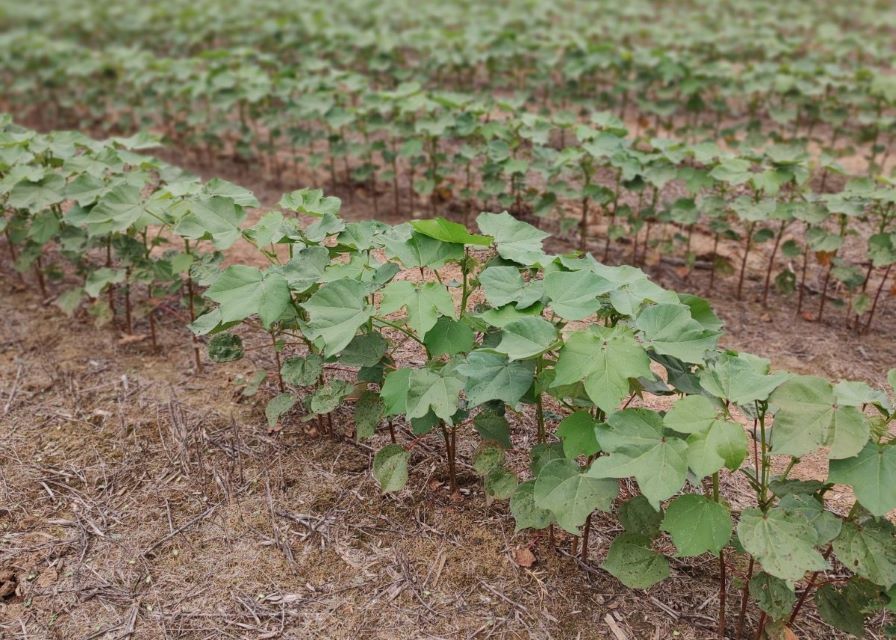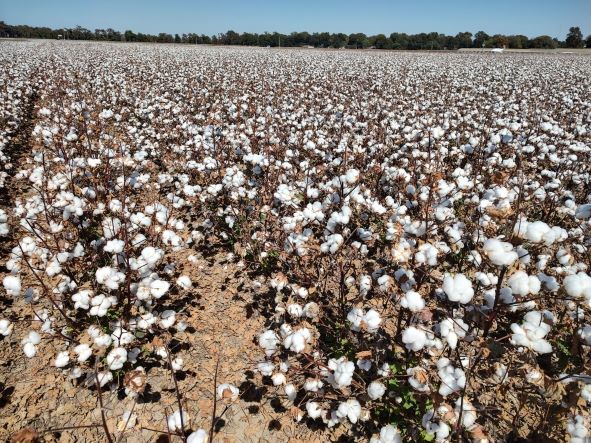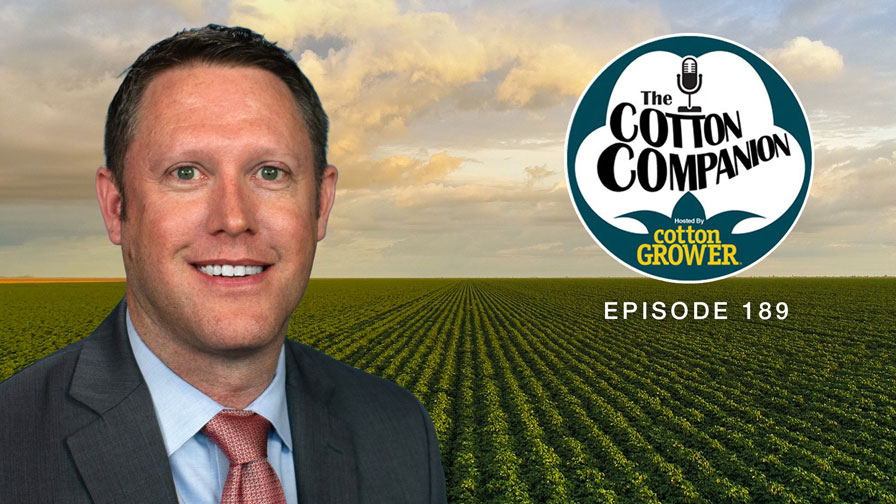Understanding Cotton Growth: Fertility, Nutrition, and Nutrient Management
Implementing a realistic fertility program is just one of the many considerations for a balanced approach in cotton production. Few things will complicate life more than an aggressive variety planted too thick with high nitrogen levels in the soil. The need for excessive rates of growth inhibiting plant growth regulators while still having plants taller than desired at the seasons’ end is a sign that modifications in seeding rates and/or fertility programs may be needed.
Optimizing fertility management is crucial for maximizing cotton yields and preserving soil health. A holistic approach that includes nutrient replacement based on crop removal enables farmers to achieve balanced fertility while ensuring long-term productivity. Knowledge of how cotton plants utilize and deplete soil nutrients is essential for making informed fertility decisions.
Nutrient Requirements and Roles
Substantial amounts of nitrogen (N), phosphorus (P), and potassium (K) are required to sustain healthy growth, boll development, and fiber quality.
- Nitrogen (N): Vital for vegetative growth and boll formation. However, excessive nitrogen can cause rank growth and delay maturity.
- Phosphorus (P): Promotes root development, early plant vigor, and energy transfer within the plant.
- Potassium (K): Integral for boll retention, fiber strength, and drought tolerance. Additionally, it contributes to disease resistance.
Secondary nutrients such as calcium (Ca), magnesium (Mg), and sulfur (S) are essential for maintaining plant health and enhancing stress tolerance. Micronutrients including boron (B), zinc (Zn), and manganese (Mn) are required in smaller quantities but are indispensable for flowering, seed development, and metabolic functions.
Nutrient Removal
Nutrient removal pertains to the amount of nutrients in the harvested lint and seeds. The following represents guidance based on a 2.25 bale per acre yield of picked cotton and how this relates to the amount required to meet plant needs.
- Nitrogen (N): 72 pounds removed representing 50% of plant requirements.
- Phosphorus (P₂O₅): 32 pounds removed representing 67% of plant requirements.
- Potassium (K₂O): 43 pounds removed representing 25% of plant requirements.
Calcium, magnesium, and sulfur removal rates are lower yet significant, particularly in soils prone to deficiency. Although micronutrient removal is minimal, it should not be neglected.
Fertilizer Recommendations and Timing
Fertilizers should be applied according to yield goals and soil test results. A representative soil sample to a 6-inch depth is generally recommended for cotton. A deep sample of 6 inches down to 24 inches is often recommended in addition to the 6-inch sample to evaluate nitrate nitrogen levels. Split applications of nitrogen are recommended, with an initial application ranging from at planting or stand establishment to the 5 -6 leaf stage and followed by supplemental applications during early squaring and to as late as one week prior to bloom. The first split generally helps build plant structure while the second split builds modules. If excessive plant structure is an issue, consider adjusting rates on the first split.
Lack of soil structure or other complicating issues impacting rooting may result in a shallow effective rooting depth. Evaluating the root of the current crop or the roots of the previous cotton crop will offer insight into this issue. If rooting depth is less than desired, results will likely be improved by shifting to a spoon-feeding approach with additional or more precisely timed applications. This helps to ensure adequate levels of each are available to meet plant demands during critical times.
Nutrient requirements are low early in the growth and development. Requirements start increasing rapidly as the plant begins reproductive growth and peaks at early to full bloom. Potassium and phosphorus should be available throughout the growing season but most importantly during flowering to support boll and fiber development.
Foliar Feeding and Monitoring
Foliar applications of nutrients can help address mid-season deficiencies quickly. However, this is no replacement for soil application of nutrients. Regular tissue testing during key growth stage provides insight into the plant’s nutritional status, allowing for timely corrective actions.
Sustainable Fertility Practices
Producers should consider implementing cover crops, utilizing other practices to improve soil health. Efficient irrigation management also plays a role in nutrient uptake and minimizing losses. Adopting precision fertilization techniques can also help mitigate nutrient losses and improve plant water and fertilizer use efficiencies.
By prioritizing soil testing, balanced fertilization, and timely nutrient management, cotton producers can optimize yields and improve fiber quality. This is important to maximize management potentials and ensure long-term economic sustainability.










